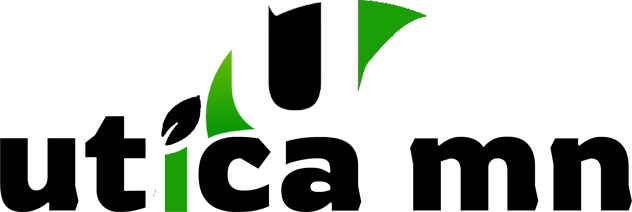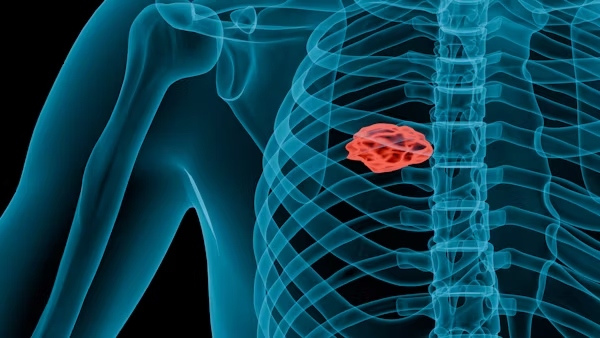The human digestive system is a complex network of organs that work together to process and absorb nutrients. Among these organs, the gallbladder—a small, pear-shaped organ located beneath the liver—plays a crucial role in storing and releasing bile to aid fat digestion. However, when the gallbladder becomes inflamed, a condition known as cholecistitas (cholecystitis) arises, which can lead to significant discomfort and, in some cases, life-threatening complications.
This article explores cholecistitas in depth, including its causes, symptoms, treatment options, and long-term implications for health.
What is Cholecistitas?
Cholecistitas refers to inflammation of the gallbladder. It can occur suddenly (acute cholecystitis) or develop gradually over time (chronic cholecystitis).
-
Acute cholecistitas: Usually a medical emergency, marked by sudden and severe pain.
-
Chronic cholecistitas: Results from repeated episodes of inflammation, often leading to scarring and decreased gallbladder function.
If untreated, cholecistitas can result in complications such as gallbladder rupture, infection, or bile duct blockage.
Causes of Cholecistitas
The most common cause of gallbladder inflammation is gallstones (cholelithiasis). However, several other factors can contribute:
-
Gallstones (90–95% of cases)
-
Hardened deposits of bile block the cystic duct, leading to bile buildup and inflammation.
-
-
Bile Duct Blockage without Stones (Acalculous Cholecystitis)
-
Can occur after severe illness, trauma, or infection.
-
-
Tumors
-
Growths can block bile drainage and mimic gallstone effects.
-
-
Infections
-
Bacterial or parasitic infections may trigger gallbladder inflammation.
-
-
Vascular Issues
-
Poor blood flow to the gallbladder, often in critically ill patients, can cause necrosis and inflammation.
-
Symptoms of Cholecistitas
The severity and nature of symptoms vary depending on whether the condition is acute or chronic:
-
Severe pain in the upper right abdomen (often radiating to the right shoulder or back).
-
Pain after fatty meals due to bile stimulation.
-
Nausea and vomiting.
-
Fever and chills (common in acute cases).
-
Abdominal tenderness.
-
Jaundice (yellowing of skin and eyes) if bile ducts are blocked.
Chronic cholecistitas may cause milder but persistent symptoms, including indigestion, bloating, and discomfort after eating.
Diagnosis of Cholecistitas
Doctors rely on a combination of clinical evaluation and imaging tests:
-
Ultrasound: The primary diagnostic tool for detecting gallstones and gallbladder swelling.
-
CT scan or MRI: Provides detailed imaging for complex cases.
-
HIDA scan (hepatobiliary iminodiacetic acid scan): Measures gallbladder function.
-
Blood tests: Check for infection, inflammation, or liver dysfunction.
Treatment Options for Cholecistitas
The approach depends on severity, type, and patient health.
1. Immediate Medical Management
-
Hospitalization is often required.
-
Intravenous fluids, pain relief, and antibiotics to control infection.
2. Surgical Intervention (Cholecystectomy)
-
Laparoscopic cholecystectomy: Minimally invasive removal of the gallbladder (gold standard).
-
Open cholecystectomy: Performed when complications prevent laparoscopic surgery.
3. Non-Surgical Treatments (for high-risk patients)
-
Gallbladder drainage through percutaneous cholecystostomy.
-
Medications to dissolve gallstones (rare, slow, and not always effective).
Long-Term Health Implications
While gallbladder removal generally does not affect digestion severely, untreated cholecistitas or recurring inflammation can lead to:
-
Gallbladder rupture: Life-threatening infection (peritonitis).
-
Gangrenous cholecystitis: Tissue death from poor blood flow.
-
Chronic digestive problems: Some patients experience diarrhea, bloating, or fat malabsorption after surgery.
-
Increased risk of gallbladder cancer: Especially in long-standing chronic inflammation.
Adopting a healthy diet low in saturated fats, maintaining a balanced weight, and regular medical checkups can reduce recurrence or complications.
Preventive Measures
While not all cases are preventable, some lifestyle habits can reduce risk:
-
Maintain a healthy body weight; obesity is a major risk factor.
-
Eat a balanced diet rich in fiber and low in fatty, processed foods.
-
Stay physically active to regulate metabolism and bile production.
-
Avoid rapid weight loss, which can increase gallstone formation.
Conclusion
Cholecistitas (cholecystitis) is a serious condition that requires prompt recognition and treatment. Whether caused by gallstones, infections, or other factors, gallbladder inflammation can escalate quickly if left untreated. With advances in imaging, surgical techniques, and medical management, most patients recover fully—especially when treatment is timely.

